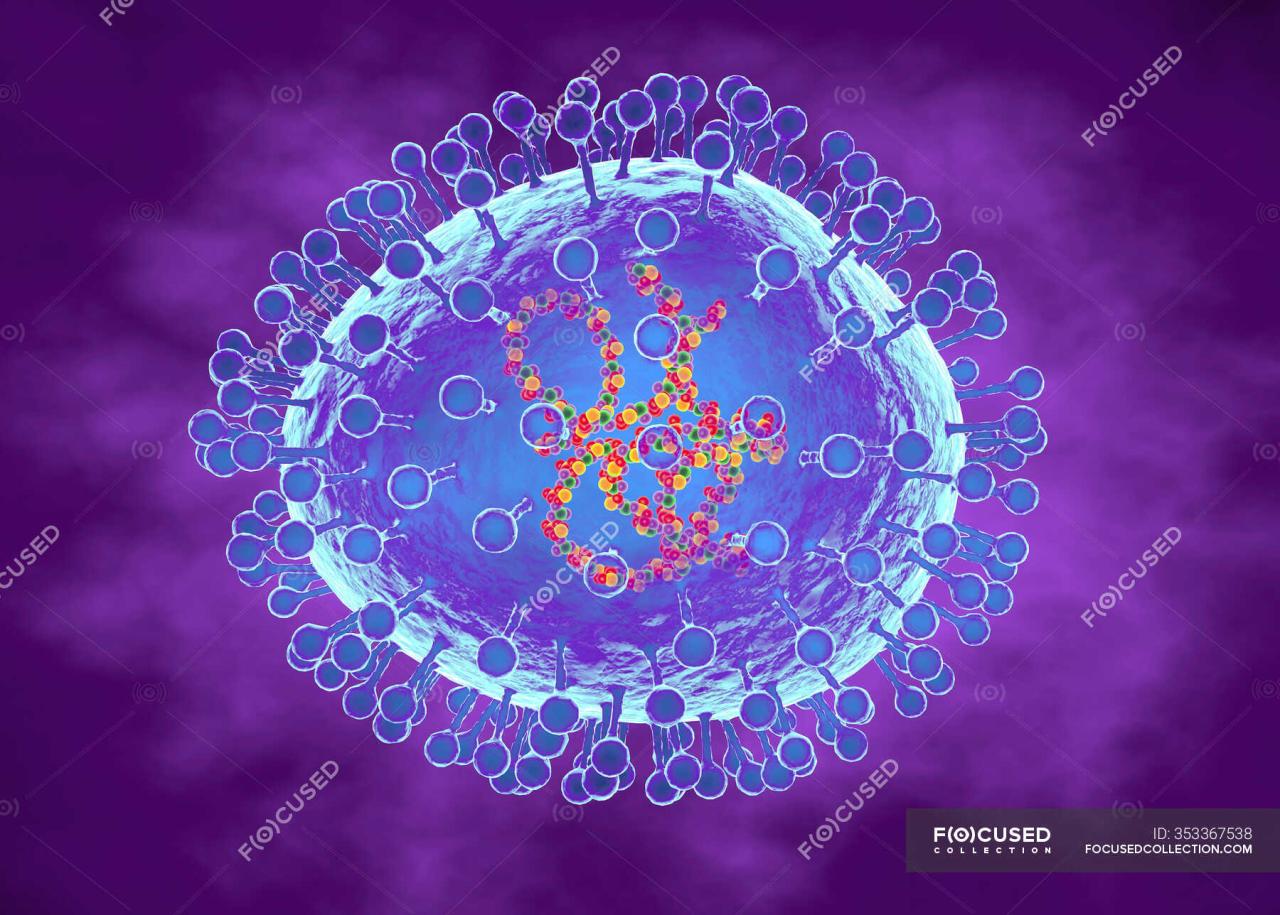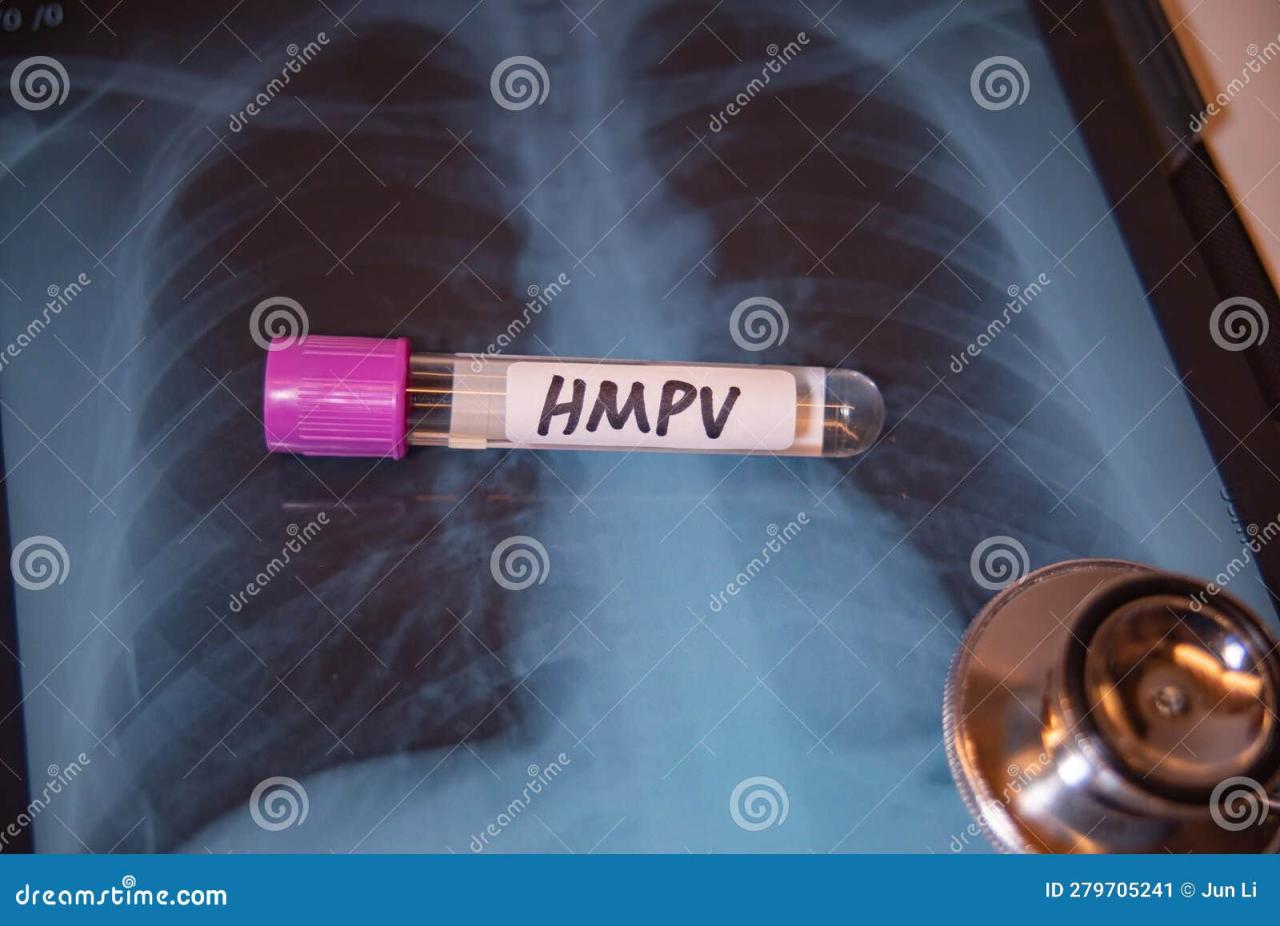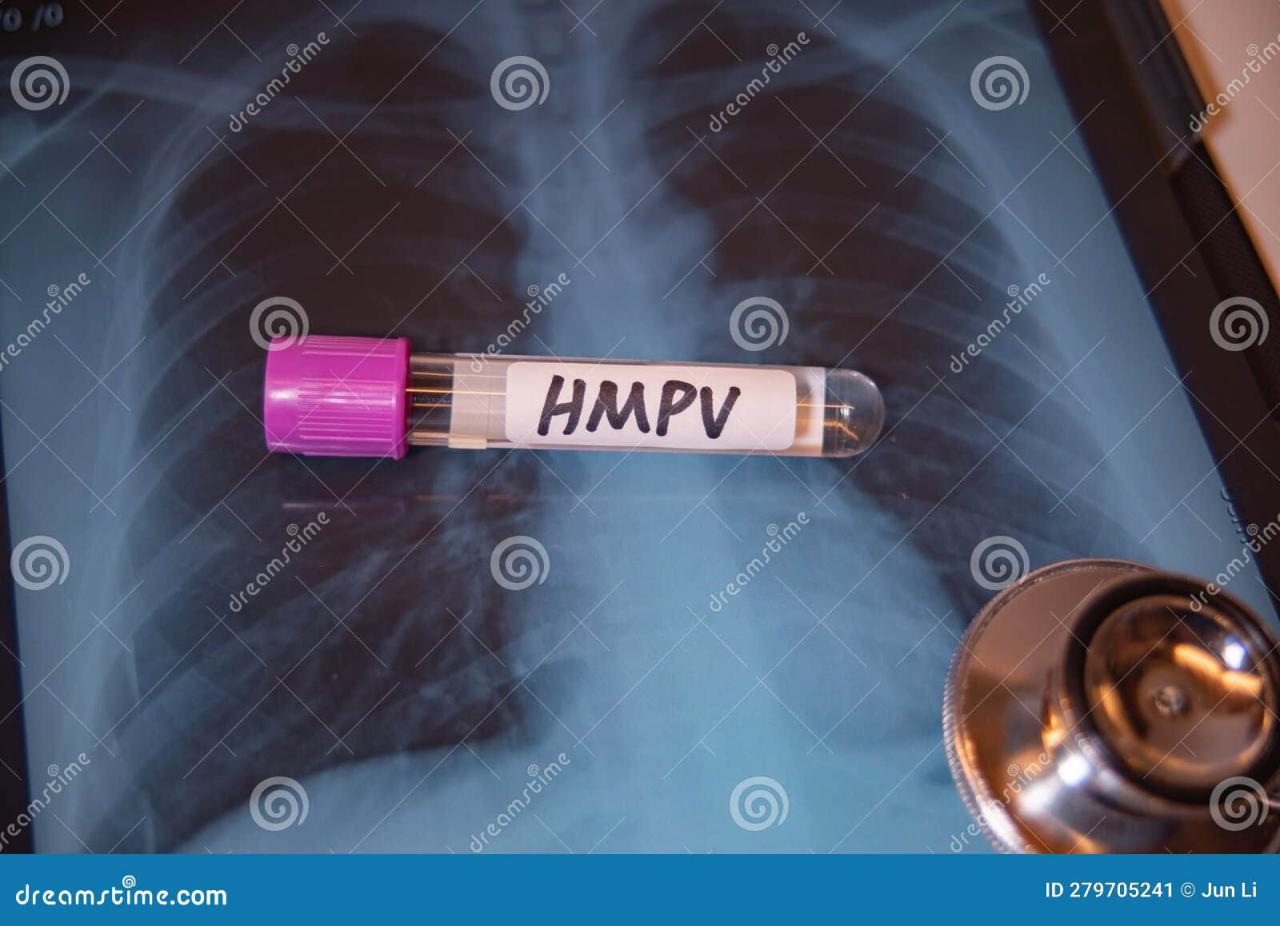Viral disease HMPV is on the rise among kids in China — what is it? Human metapneumovirus (HMPV) is causing concern in China, with a significant increase in cases among children. This respiratory virus, similar to RSV and influenza, presents with symptoms ranging from mild cold-like symptoms to severe respiratory illness. Understanding HMPV, its transmission, and effective prevention strategies is crucial for protecting vulnerable young children during this outbreak.
This article will delve into the characteristics of HMPV, the current situation in China, diagnostic methods, treatment options, and preventative measures. We’ll also explore the potential long-term effects and compare the situation in China to the global landscape of HMPV infections.
Human Metapneumovirus (HMPV) in Children: A Rising Concern in China: Viral Disease HMPV Is On The Rise Among Kids In China — What Is It?
The recent surge in Human Metapneumovirus (HMPV) infections among children in China has raised significant concerns about respiratory health. This article provides an overview of HMPV, its current outbreak in China, and strategies for prevention and management.
Hey parents! Worried about your little ones? Human metapneumovirus (HMPV) infections are spiking in China, and it’s causing a lot of concern. To learn more about this respiratory virus and how to protect your kids, check out this informative article: Viral disease HMPV is on the rise among kids in China — what is it? Understanding HMPV is key to keeping your family healthy during this outbreak.
Human Metapneumovirus (HMPV): Characteristics and Clinical Presentation

Human Metapneumovirus (HMPV) is a common respiratory virus belonging to the Paramyxoviridae family. It’s characterized by a single-stranded, negative-sense RNA genome encased in a lipid envelope studded with surface glycoproteins. Transmission occurs primarily through respiratory droplets produced during coughing or sneezing, making close contact a significant risk factor. Genetic variations within HMPV exist, leading to different genotypes, though these variations don’t significantly alter the clinical presentation.
The incubation period typically ranges from 2 to 6 days. Symptoms in children often mirror those of other respiratory viruses, including fever, cough, runny nose, and shortness of breath. In more severe cases, bronchiolitis (inflammation of the small airways in the lungs) and pneumonia can develop. While HMPV can affect individuals of all ages, young children and infants are particularly vulnerable to severe illness due to their developing immune systems.
So, HMPV is hitting kids hard in China right now – it’s a nasty respiratory virus. Completely unrelated, but while we’re on the topic of things spreading, check out this hockey news: Canucks recall Arturs Silovs, Thatcher Demko remains out vs. Anyway, back to HMPV – it’s causing a lot of concern, so make sure you’re keeping up with the latest health advice.
HMPV differs from other common respiratory viruses like Respiratory Syncytial Virus (RSV) and influenza in its genetic makeup and specific clinical manifestations. While all three viruses cause similar respiratory symptoms, HMPV tends to cause less severe lower respiratory tract infections compared to RSV, especially in young infants. Influenza, on the other hand, can present with more systemic symptoms like muscle aches and gastrointestinal issues, in addition to respiratory symptoms.
The severity of HMPV infection varies across age groups, with infants and young children experiencing more severe illness than older children and adults.
HMPV Outbreak in China: Current Situation and Response

Data on the precise spread of HMPV in China are constantly evolving. While precise numbers are difficult to obtain in real-time, reports suggest a significant increase in cases across multiple regions. Several factors likely contribute to this rise, including seasonal changes (HMPV outbreaks typically peak during colder months), potential waning of population immunity due to reduced exposure during previous COVID-19 restrictions, and the strain on healthcare infrastructure.
| Region | Number of Cases | Age Group Most Affected | Hospitalization Rate |
|---|---|---|---|
| Beijing | (Data unavailable – replace with actual data when available) | Under 5 years | (Data unavailable – replace with actual data when available) |
| Shanghai | (Data unavailable – replace with actual data when available) | Under 2 years | (Data unavailable – replace with actual data when available) |
| Guangdong | (Data unavailable – replace with actual data when available) | Under 5 years | (Data unavailable – replace with actual data when available) |
The Chinese healthcare system is responding to the outbreak with increased surveillance, enhanced diagnostic capabilities, and implementation of standard treatment protocols for respiratory illnesses. Preventative measures, such as promoting hand hygiene and respiratory etiquette, are also being emphasized.
Symptoms and Diagnosis of HMPV Infection
Early diagnosis of HMPV is crucial for timely intervention. Several methods are used to identify the virus.
- Fever
- Cough
- Runny nose
- Wheezing
- Shortness of breath
- Difficulty breathing
Laboratory tests, such as reverse transcription-polymerase chain reaction (RT-PCR) and immunofluorescence assays, are used to detect HMPV genetic material or viral antigens in respiratory samples. Clinical assessment involves evaluating symptoms, medical history, and physical examination findings. Differentiating HMPV from other respiratory viruses can be challenging as symptoms often overlap. Detailed clinical history and laboratory testing are often necessary for accurate diagnosis.
Treatment and Prevention of HMPV
Currently, there is no specific antiviral treatment for HMPV. Management focuses on supportive care, including adequate hydration, oxygen therapy if needed, and treatment of secondary bacterial infections. Preventative measures are critical in reducing transmission.
- Frequent handwashing
- Covering coughs and sneezes
- Avoiding close contact with infected individuals
- Regular cleaning and disinfection of surfaces
While a licensed HMPV vaccine is not yet available, research into vaccine development is ongoing. A public health campaign could utilize posters, social media, and educational materials to inform parents about HMPV prevention and management. Key messages should emphasize the importance of hand hygiene, respiratory etiquette, and seeking medical attention for severe symptoms. Visuals could include cartoon characters demonstrating proper handwashing techniques and covering coughs and sneezes.
Long-Term Effects and Complications of HMPV Infection, Viral disease HMPV is on the rise among kids in China — what is it?

While most HMPV infections resolve without long-term consequences, some children may experience respiratory complications such as recurrent wheezing, asthma, or chronic lung disease. Risk factors for severe HMPV infection and adverse outcomes include prematurity, underlying respiratory conditions, and weakened immune systems. Management of long-term complications involves ongoing respiratory monitoring, medication management (if needed), and pulmonary rehabilitation.
Global Perspective on HMPV
HMPV is a globally prevalent virus, though its prevalence and impact vary across regions. Data on specific prevalence rates and healthcare responses are often limited due to variations in surveillance systems and reporting practices. International collaboration is essential for effective disease surveillance and response.
Worried about the HMPV surge in China? It’s causing a lot of concern for parents. While you’re dealing with that, it’s worth checking if you’re eligible for compensation from Apple regarding their Siri eavesdropping issue – check out this link for details: Apple Siri Eavesdropping Payout—Here’s Who’s Eligible And How. Getting back to HMPV, remember to keep kids’ hygiene top-notch to prevent further spread.
| Region | Prevalence Rate | Severity of Infections | Healthcare Response |
|---|---|---|---|
| China | (Data unavailable – replace with actual data when available) | Variable, more severe in young children | Increased surveillance, supportive care |
| United States | (Data unavailable – replace with actual data when available) | Generally mild to moderate | Supportive care, research on vaccines |
| Europe | (Data unavailable – replace with actual data when available) | Similar to the US | Similar to the US |
Global research efforts are focused on developing effective HMPV vaccines and improving treatment strategies. The potential for future outbreaks underscores the need for ongoing international collaboration in disease surveillance and response.
End of Discussion
The rise of HMPV infections in Chinese children highlights the importance of vigilant disease surveillance and proactive public health measures. While treatment focuses on supportive care, preventing the spread through good hygiene and potentially future vaccination strategies are key to mitigating the impact of this virus. Staying informed and taking preventative steps is crucial for protecting children’s health during this outbreak and beyond.
Understanding HMPV and its impact is not just about managing the current situation; it’s about building resilience against future outbreaks.
General Inquiries
Is HMPV contagious?
Yes, HMPV spreads through respiratory droplets produced when an infected person coughs or sneezes.
How long does HMPV typically last?
Most HMPV infections resolve within a week or two, but some can be more prolonged.
Can HMPV be prevented with a vaccine?
Currently, there’s no widely available HMPV vaccine, but research is ongoing.
What’s the difference between HMPV and RSV?
Both are respiratory viruses causing similar symptoms, but they are genetically distinct. Testing is needed for definitive diagnosis.
